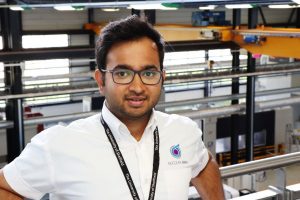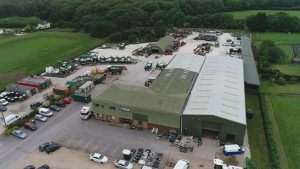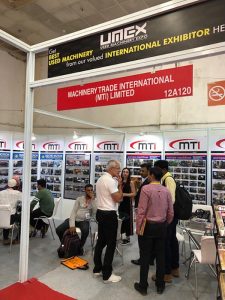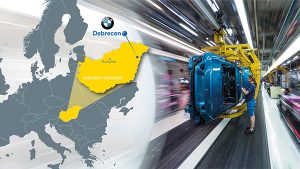US-based Belcan, a global supplier of engineering, supply chain, technical recruiting and information technology services to the aerospace, defence, automotive, industrial and government services markets, has acquired the assets of UK-based Omega Engineering Services (OES) from parent company Passionate About People (PAP).
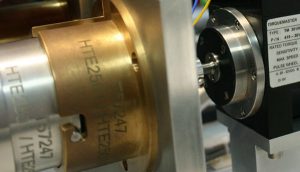
The terms of the transaction, which closed on 31 July, were not disclosed. OES, headquartered in Cheltenham, is a specialist in the testing and development of control equipment for use in the aerospace and industrial sectors.
For further information www.omega-oes.co.uk








